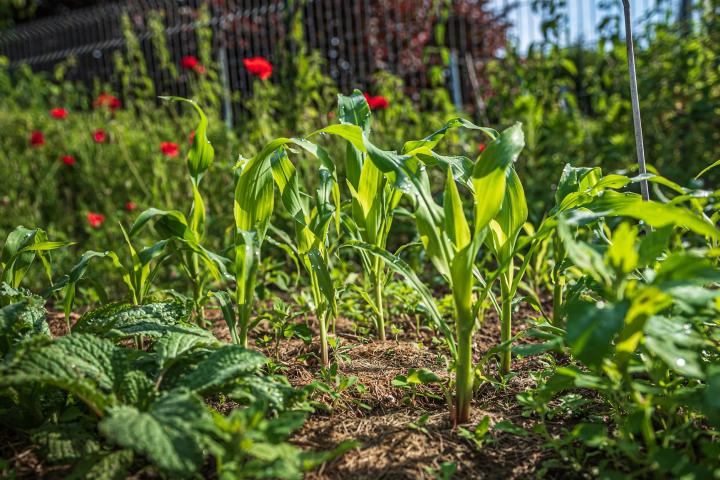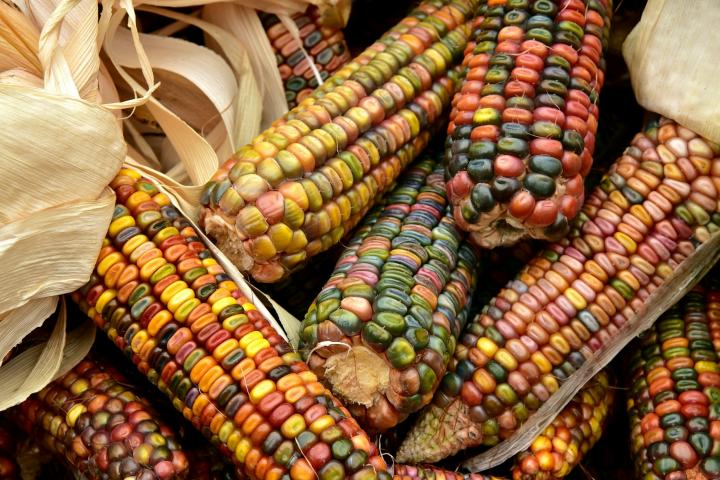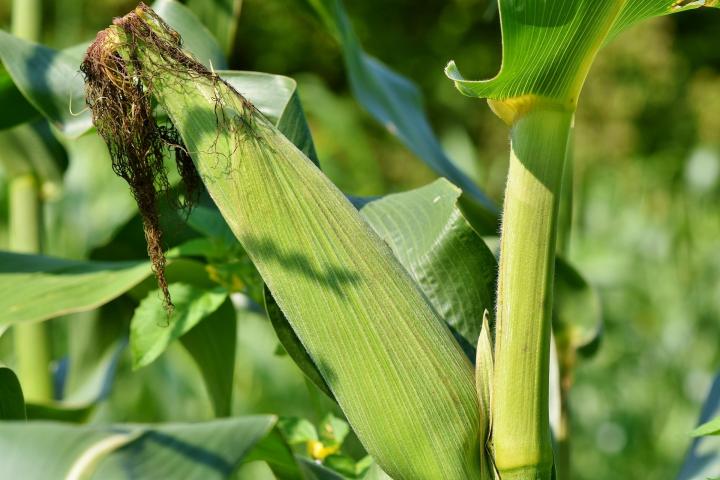
Sign up for our daily newsletter to get gardening tips and advice.
Planting, Growing, and Harvesting Sweet Corn
- If too much hot pepper or spice has been added to a soup or stew, adding a can of sweet corn can help.
- Popcorn is also a favorite snack if you have leftover kernels. Learn how to make homemade popcorn here.
ADVERTISEMENT
We are going corn crazy over here. We educate people about the low FODMAP diet, and there is a lot of confusion about what you can and cannot eat. Corn is so versatile, from fresh to all the various dried and ground versions, we absolutely love it. If anyone is suffering with irritable bowel syndrome and/or following the low FODMAP diet, and loves corn, check out our article, Is Corn Low FODMAP?, and let us know if you have any questions! https://www.fodmapeveryday.com/is-cheese-low-fodmap/
I really appreciate this article on corn and have a question. This is our first year having grown popping corn which was going really great till some very adorable squirrels got into it and after trying a bunch of different ways to keeps them out of the corn we finally decided to pull the fully ready ones (not dried) and are hoping it’s possible to dry them inside but is it possible? The rest we left with cages over the ears of corn. Not mad at the squirrels bc it’s just nature but hoping we will still be able to have something to show for it. Thank you in advance
Dear Ello,
Thank you for your note about your furry wild popcorn-loving neighbors. Yes, if the corn is ripe, you can dry the ears inside. Here is our guide to growing popcorn including advice for harvesting and drying. Good luck and happy popping!
—The Editors
This is my first year growing corn in my backyard garden.
Trying to find out what to do after harvest has been quite difficult/information is unclear.
Do we leave the stalks in the ground for a while after harvest? Remove entirely/to a certain height?
Thanks,
Ontario, Canada 🇨🇦
You will want to remove the stalks soon after harvest. There are a number of pests that will use what remains after harvest as a winter home and by removing the stalks you will greatly reduce their chances of survival. But you have a few options of what to do with your stalks.
You can cut them down and put them in your compost pile. We suggest cutting them up some to increase the rate of decomposition. You will then want to till the stalk nubs back into the soil. You can also till all of it into the soil. There are a lot of great nutrients that remain in corn stalks and it will provide good organic matter for next year’s plantings once it breaks down.
And if you want to think ahead, cut some of the stalks and dry them upside down and they will make for great decor when fall rolls around!
Could you please post how you boil corn and how you barbeque it. How long should you boil it for or leave it on the barbeque. Thank you
Hi, Louise. When you boil corn on the cob, allow the water to come to a full boil and then add in the ears of corn. Cook it for 5 minutes. When it comes to cooking corn on the cob on the grill there are several methods. Try this: peel the corn and remove the silk. Pull the husks back up and then soak the ears in salted water for about 10 minutes. Remove and make sure to shake off any excess water. Place the ears on the grill, close the lid, and turn every 6 minutes. Your corn should be ready after 20 minutes.
All in the article is well and good...BUT what about the GMO corn that does not have a natural taste ?? The artificial over sweer sugar taste that makes some of us nausiated after 2 bites as opposed to heirloom corn. All of the corn at the supermarket and many farm produce stands is GMO corn and the GMO corn is un natural and has a strange taste
When starting any plants off from seed why not use cardboard or paper containers such as paper cups (you can buy 50 or more new cups for only a few dollars). Place a few holes into the base of the cup or cardboard container for drainage. The container with the single seedling can then be planted directly into the ground without disturbing the roots. The cardboard or paper container will decompose into the soil adding nutrients back into the soil. You can clearly mark each cup or container directly onto the side with any information you need, Date, variety etc. Happy planting.
Thanks for the excellent growing tips for corn. I live in zone 7a and was surprised to see the planting times. I realize it's a guide but would stress to others that average soil temps should determine actual planting dates. I rarely plant corn before mid may. Last year with the sugar enhanced variety it was May 28th, which according to my log is the latest planting in 30 years of growing corn.
Starting earlier when the soil is cooler than optimal has no advantage and may have the opposite effect when the weather is cool and wetter than normal. Thanks again.












